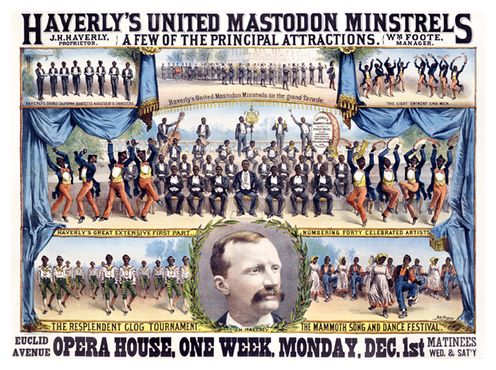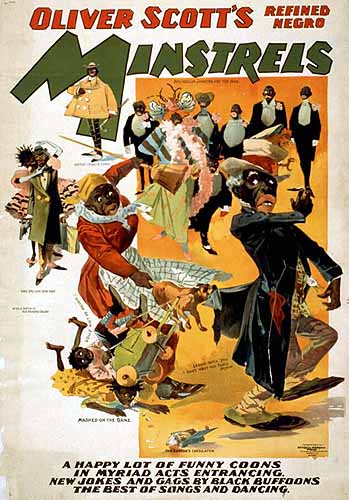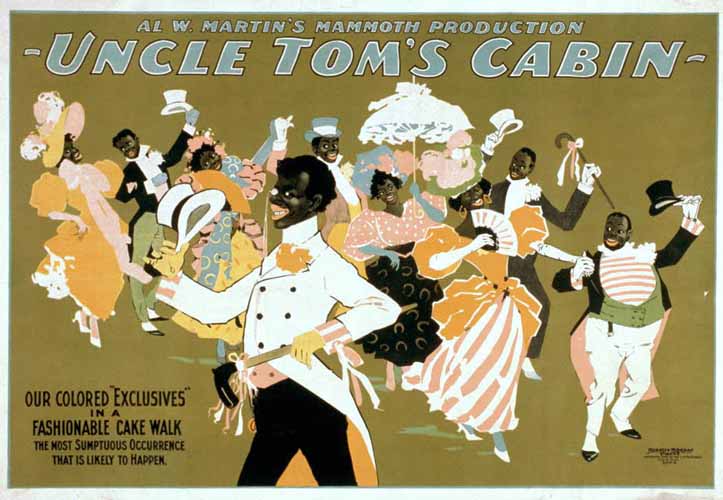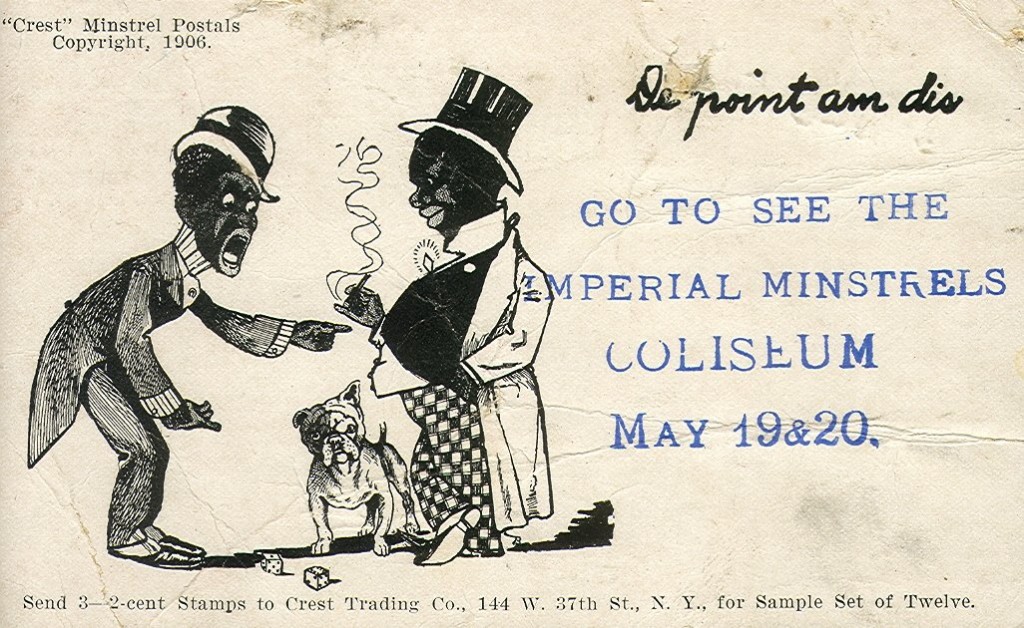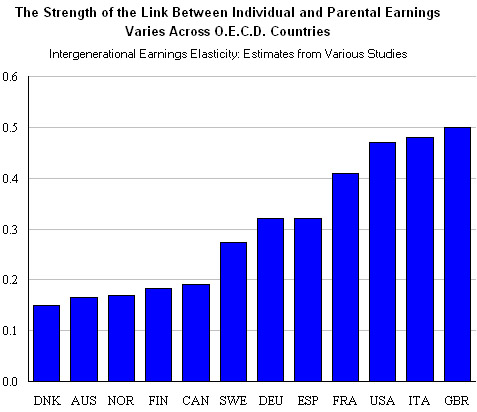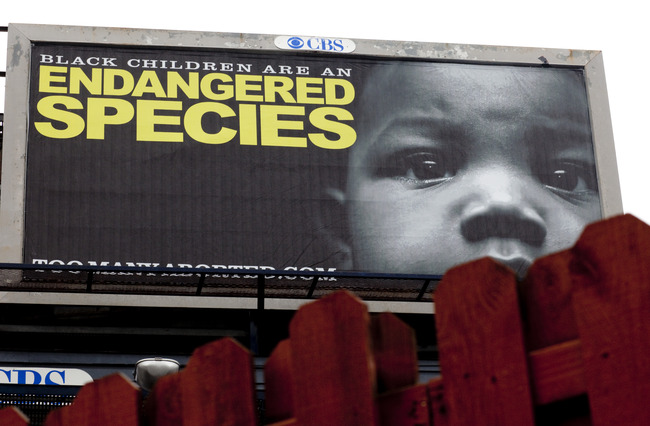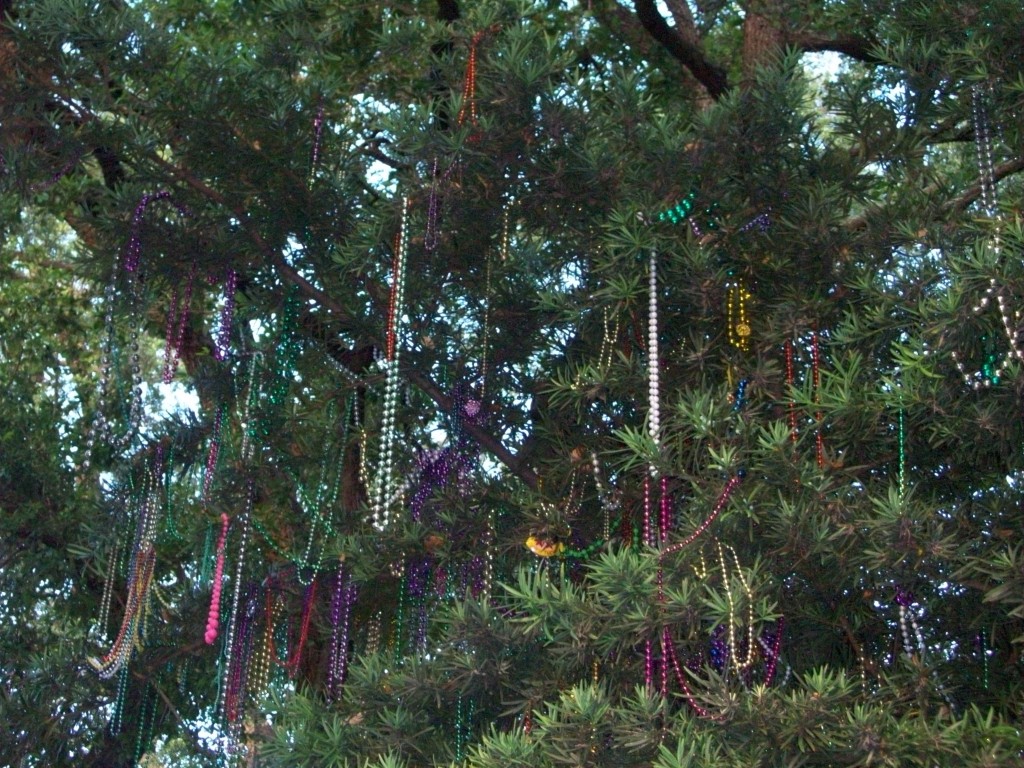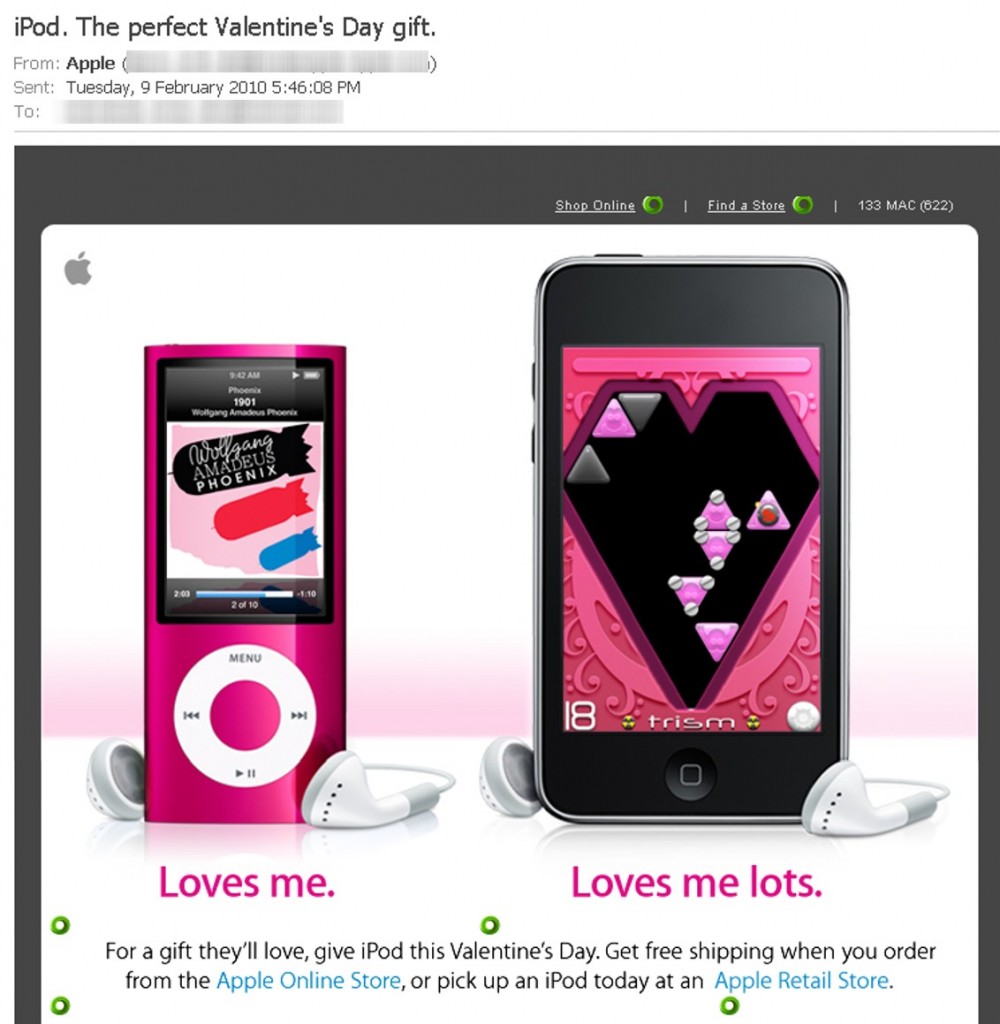
The 2010 Olympics logo is an altered version of traditional Arctic Inuit sculptures. This quasi-indigenous logo has been displayed in a barrage of Olympics branding. You can see two examples of this marketing in photos — from the summer of 2009 – shown below.
With this Olympics logo, and other Olympics promotional messages, marketers have been portraying the 2010 Games as ‘indigenous’ Olympics. Indigenous references are foregrounded in mass produced Olympics marketing. The online Olympics store even sells “Authentic Aboriginal Products” (such as t-shirts and silk ties).
Some people who encounter this Olympics branding are bound to come away with the impression that natives (that is, individuals with a significant enough amount of native ancestry or culture) are respected, empowered, and well-integrated here in Canada. In other words, some viewers will view this marketing as a sign of harmonious bonds between natives and mainstream Canadian society.
Chief Stewart Phillip, the president of Union of B.C. Indian Chiefs, conveyed a much different view of Olympics marketing when he asserted that,
We’re deeply concerned about the concerted and aggressive marketing campaign advanced by Vanoc [the 2010 Olympics organization committee] which suggests the indigenous people of [British Columbia] and Canada enjoy a very comfortable and high standard of living. The Disneyesque promotional materials suggests a cosy relationship between aboriginal people of the province with all levels of government and it completely ignores the horrific levels of poverty our people endure on a daily basis.

- Arctic indigenous branding on a McDonald’s cup in a
Wal-Mart store, in a city in Ontario, Canada
In British Columbia, and elsewhere in present-day Canada, natives have communicated conflicting views about how the 2010 Olympics relate to their lives, lands, and traditions. Indigenous Environmental Network campaigners have been among the more vocal critics who have opposed the 2010 Games.
Some have found the cartoonish Olympic marketing imagery to be a mockery of native traditions. For example, critics have argued that the 2010 Olympics committee has edited and re-packaged native culture — which also has been ripped out of its traditional contexts. The Committee is highlighting Arctic indigenous imagery — yet Vancouver, the centre of the Games, is a temperate city. Arctic indigenous peoples did not live there — or on the nearby Whistler and Cypress mountains, where some Olympic events will be held. Other indigenous populations who did live in that area of British Columbia also are not represented in the marketing iconography.
The Olympics branding denies noteworthy differences among native groups spread across these areas. Passing theatrical gestures to native peoples during the open ceremonies could be considered to be more respectful, but Olympics marketers otherwise have been mixing up North American native traditions into a soup-like caricature. Natives have been consistently oppressed, but the various peoples who are considered to be native (in some way, or to some degree) certainly are not ‘all the same.’ Tacking Arctic imagery on to Vancouver-area Games implies that there is only one native essence (in North America, if not beyond this continent).
What else is going on here? What does this superficially ‘indigenous’ rhetoric and imagery have to do with the rest of the 2010 Olympics? In other words, are indigenous populations benefiting from the 2010 Olympics in a way that might explain or justify the appropriation of Arctic imagery?
I pose these questions:
– What proportion of the profits from Olympics sales and tourism will natives groups receive?
– To what extent have native groups actively participated in Olympics organizing?
– How many of the athletes representing Canada at the Games have strong ties to native traditions and ancestors?
– Aside from the branding rhetoric and imagery discussed here, how much indigenous culture will be included in Olympic sports events and Olympics broadcasting?
– And how should we interpret the use of traditional imagery for product marketing purposes? What is the relationship between native peoples and chewing gum wrappers, sugary soda pop drink bottles, and other products which display Olympics brand logos? Are indigenous peoples profitting from these product sales? Are natives involved in the boardrooms of the corporations behind these sales? And are there any other noteworthy connections between these products and any natives in present-day Canada?
Answers to those preceding questions are tied to the conditions that native peoples live under in present-day Canada. As I will explain, there are deep problems with the ‘indigenous’ Olympics rhetoric and imagery, which is very much at odds with Canadian realities.

- ‘Indigenous’ marketing in a major commercial square in
Toronto, Ontario, Canada
Native issues can be complex — and yet brutally straightforward, at the same time. Here are some figures that convey the highly disproportionate impoverishment, vulnerabilities, marginalization, and disempowerment of natives in present-day Canada. (Here are additional child poverty statistics.) The worst racism in Canada is reserved for indigenous peoples who are trapped between assimilation and ghettoization. Native groups ultimately are disappearing — in a nation that was established on native lands.
No marketing imagery ever could erase these ongoing legacies of a history of colonial genocide in Canada (and elsewhere).
Frankly, the ‘indigenous’ Olympics rhetoric and imagery strikes me as yet another form of liberal tokenism, given how fundamental problems are glossed over with paltry gestures (rather than a more radical redistribution of resources — or other constructive societal change).
In fact, while the Olympics imagery implies some sort of harmony between natives and non-natives in Canada, there actually are various ongoing native land claim conflicts in this country. In Ontario, indigenous activists helped to wage a defensive campaign which was a relatively high-profile land claim conflict here in Ontario, during the summer of 2009.
Native land claims are at the forefront of the issues raised by anti-Olympic protestors in Canada (who occasionally have supported tactics that I do not agree with). The phrase “No Olympics on Stolen Land” has been a common protest slogan, and indigenous imagery has been foregrounded in messages from no2010 campaigners, and other anti-Olympic activists. Although these opponents of the Olympics have not carefully distinguished between imagery from different indigenous cultures, their campaign messages surely could not be considered a tokenist form of whitewashing or conservatism — since these anti-Olympic activists have been siding with native land claims.
Protesters also have been raising concerns about how the Olympics are tied to indigenous land conflicts around the tar sands in Alberta. A recent day of action call-out from the Indigenous Environmental Network is the best example of connections drawn between the tar sands and the 2010 Games. As in some other activist campaign messages, this day of action announcement highlights financial and energy-system ties between the Olympics and tar sands pollution in Alberta — beside native lands. These tar sands operations also are the world’s worst climate threat; and the Arctic indigenous peoples alluded to in Olympics marketing actually are on the front lines of global warming impacts, which are aggravated by Olympic environmental devastation (including deforestation, which releases carbon into the world-wide atmosphere). As in other areas of the world, the most disempowered and resource-poor Canadians tend to be much more vulnerable to climate impacts.
Given all of the aforementioned gaps between pro-indigenous rhetoric and actual indigenous realities, why have so many people tolerated the native branding around the 2010 Games? After all, the Olympic brand logo was selected in 2005, and the Olympics marketing blitz was well-underway by the summer of 2009, in Canada.
Aside from the sheer monetary force behind the Olympics, there also are important cultural factors at work here. The harmonious vision conveyed through ‘indigenous’ packaging around the Olympics is an extension of mainstream Canadian visions of an outright “multicultural” “mosaic” in this country — where some claim that there is a complete lack of systemic racism, as well as equally proportioned room for all ethnic groups. In spite of arguments and evidence from critics (including scholars who are affiliated with John Porter’s The Vertical Mosaic), rhetoric about ethnic equality in Canada persists in marketing, in policy documents, and in other mainstream rhetoric. ‘Native’ Olympics marketing celebrates the Canadian status quo, in the same way.
At the same time, the ‘indigenous’ Olympics imagery provides some ethnic spice to the 2010 Games — as well as associated merchandising, and mass media spectacle. In Canada, remnants of native cultures likewise are re-packaged as decorations and tourist industry products. In much the same way, Olympics marketers have sought to increase profits with shreds of de-contextualized indigenous culture which they have appropriated.
But how are indigenous traditions linked to capitalist consumption, mass advertising, mainstream media systems, or tourism? These systems are entrenched on former native lands, but are there any other noteworthy connections between native traditions and such mainstream systems?
(I don’t mean to imply that people with native ancestors will be or should be forever trapped in a receding past. Vibrant, living traditions are flexible. Yet, I do not see how native heritage could be considered to be largely optional in any conception of indigenous-ness.)
Outside of Canada, it probably is not so apparent that the disputes over the Olympics have been national-scale tensions. Anti-Olympic protests (hyper-marginalized though they may be) actually have been organized in various other areas of Canada — well beyond British Columbia. (Here is one example of anti-Olympic campaigning in a city in Ontario.) I also find it telling that, in the face of an anti-Olympic protest in the city that I live in here in southern Ontario, some people conveyed their support for the Olympics by chanting “Canada… Canada… Canada.”
In sum, mainstream Canada claims and re-packages imagery from natives to sell a vision of a present-day Canada that is a tolerant country, with a rich and interesting history; such visions have been produced for the 2010 Games – as well as other tourism and merchandising, and wider nationalism. Then, ironically, when pro-indigenous groups challenge the use of this appropriated iconography to represent ‘Canada,’ majority groups dismiss their protests by claiming a more authentic Canadian-ness. Of course, the refusal to take indigenous protests seriously is just another manifestation of disinterest in the welfare of living indigenous peoples. Even as gestures are made toward native culture, actual natives generally are ignored.
——————————–
Toban Black is a Sociology PhD student specializing in environmental sociology, theory, inequality, and media. He is also an activist, a blogger, and an amateur photographer. He considers this guest post to be a blend of each of those four forms of communication. Black is a frequent contributor to Sociological Images and the many posts inspired by his material can be viewed here.
If you would like to write a post for Sociological Images, please see our Guidelines for Guest Bloggers.


